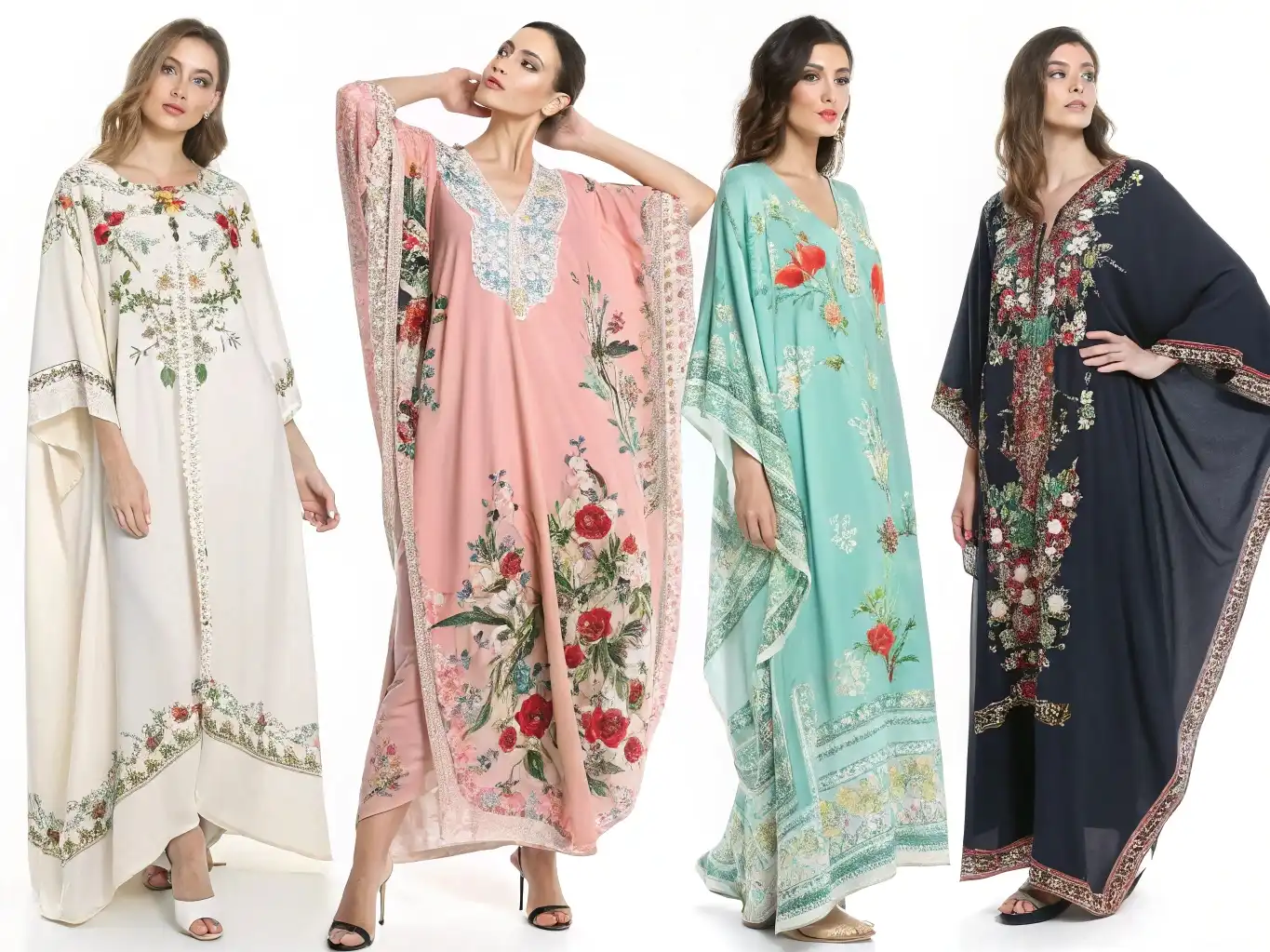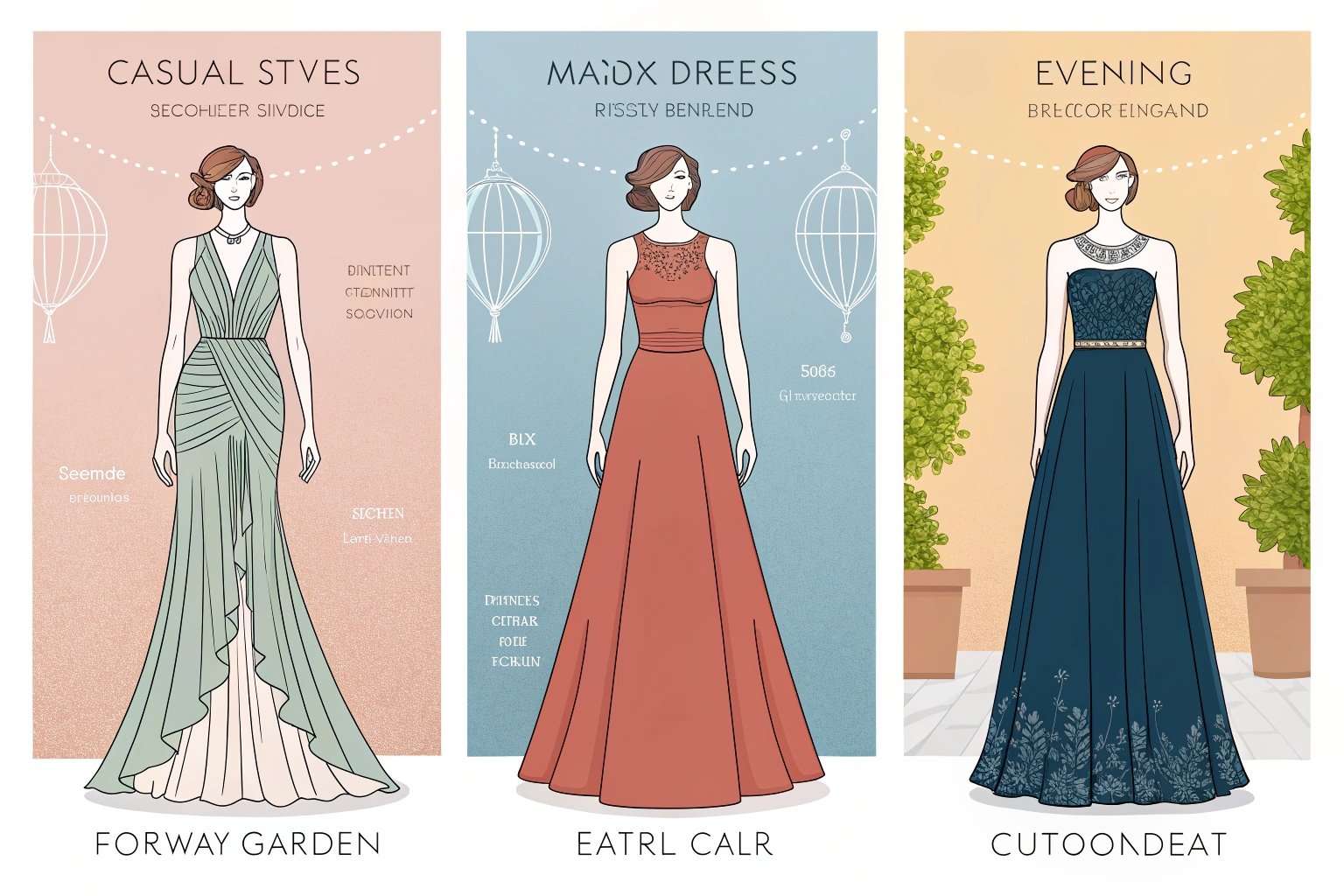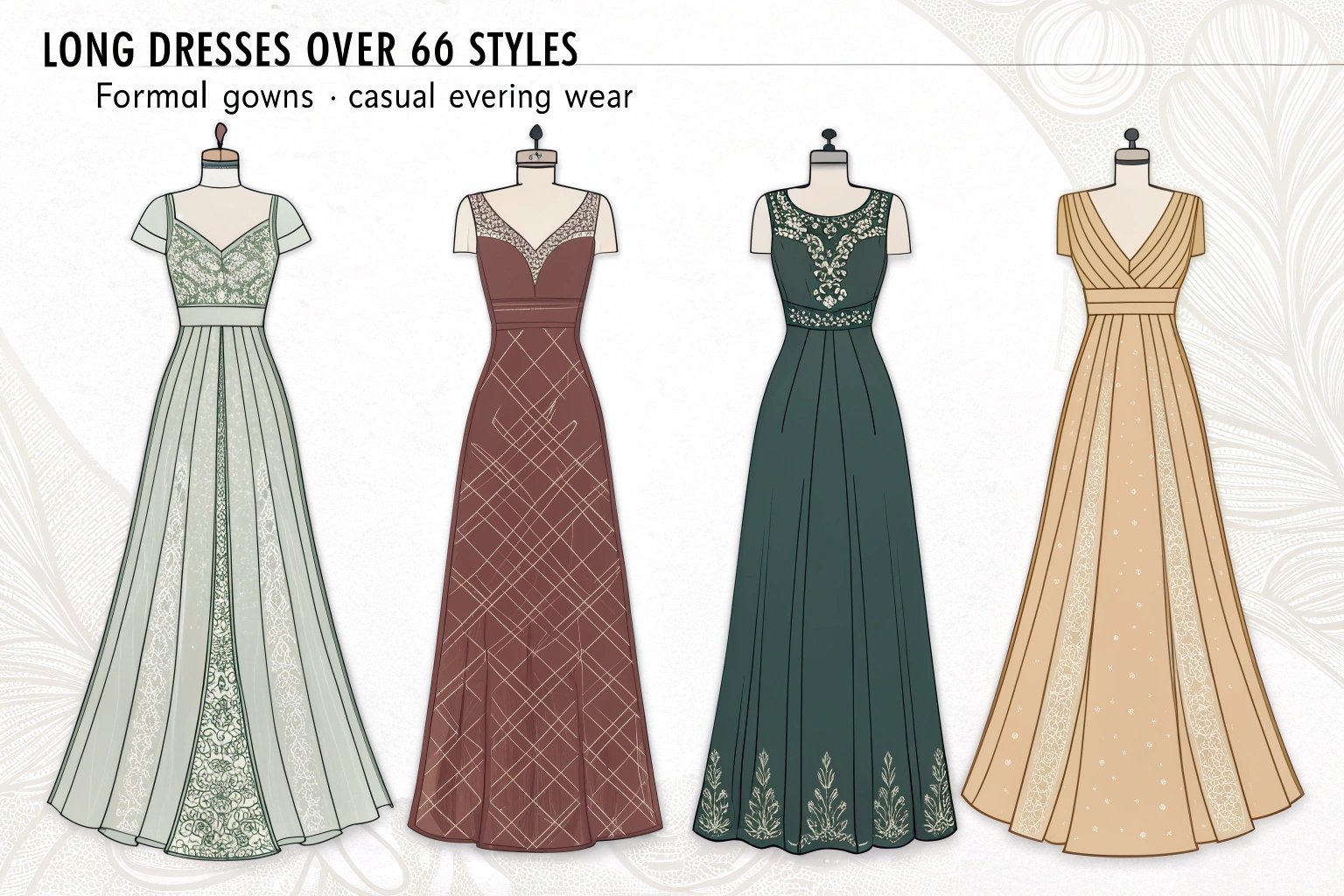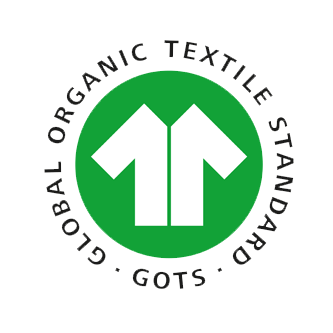Urban streetwear is a force that has changed global fashion—from local city blocks to luxury catwalks. I’ve watched this movement up close, from its early days in skate parks and record stores to collaborations with the world’s biggest brands. For anyone looking to design, launch, or simply understand urban streetwear, it’s essential to grasp not only what it looks like, but what it means—the attitude, story, and cultural power1 behind every piece. This guide will break down urban streetwear2’s evolution, what makes it special, and how you can create a collection that feels real, relevant, and ready for today’s market.
Urban streetwear combines creative graphics3, comfort, city-inspired influences, and a sense of rebellion. It stands out for its oversized fits4, statement logos, and its roots in street culture—skate, hip-hop, and art. The best streetwear doesn’t just follow trends; it helps set them. It’s a style that invites everyone to participate, express themselves, and build something unique.
Ready to learn what sets urban streetwear apart? Let’s go deeper—from culture and design to manufacturing and brand-building.
What Does Urban Streetwear Mean in Modern Fashion?
Urban streetwear represents the pulse of city life. It’s about individualism5, subculture, and creativity.
 Streetwear Flat Lay
Streetwear Flat Lay
How Did Urban Streetwear Evolve from Street Culture to High Fashion?
- Origins: Streetwear was born from 80s skate, surf, and hip-hop communities—DIY brands like Stüssy and FUBU led the way.
- Community influence: Graffiti, DJing, breakdancing, and punk each left their stamp on styles, prints, and fits.
- Mainstream crossovers: Supreme, BAPE, and Off-White made streetwear collectable, while luxury brands embraced and borrowed from street style.
- Today: Collaborations between small brands, athletes, artists, and major fashion houses6 drive innovation and blur the lines between luxury and street.
What Are the Key Elements That Define Urban Streetwear?
- Bold graphics: Logos, slogans, art, and pop-culture references
- Oversized and boxy silhouettes: Tees, hoodies, cargo pants, bombers
- Mix of materials: Denim, fleece, nylon, mesh, leather—often in the same collection
- Exclusive drops: Limited editions and collaborations create hype and a sense of community
- Street storytelling: Every piece is a canvas for personal or city-based stories
What Makes Urban Streetwear Different from Regular Casual Wear?
Streetwear isn’t just casual—it’s intentionally expressive and rooted in cultural codes.
How Do Design Details Like Graphics, Logos, and Prints Stand Out?
- Bold placement: Front, back, sleeves—logos and art go anywhere.
- Creative techniques: Embroidery, puff print, chenille patches, and screen prints turn basics into statements.
- Irony and remixing: References to high art, sports teams, vintage ads, and city maps appear in unexpected ways.
- Artist collabs: Many brands work with local or global artists for unique designs and credibility.
Why Are Comfort and Oversized Silhouettes Important in Urban Streetwear?
- Fit as freedom: Loose cuts allow for movement, layering, and self-expression.
- Anti-corporate feel: Baggy silhouettes reject mainstream, restrictive styles—reflecting independence and resistance.
- Fabric focus: Heavy cotton, brushed fleece, or washed denim feel substantial and last longer—appealing to both style and function.
- Gender-neutral: Urban streetwear often leads on unisex fits and inclusive sizing, making everyone feel welcome.

What Are the Core Design Principles for Urban Clothing?
Streetwear design is both art and engineering—balancing comfort, statement, and quality.
How Do You Choose Fabrics and Materials for Streetwear Designs?
- Durability and weight: Heavy cotton, twill, canvas, and premium blends hold up in urban environments.
- Tech and utility: Reflective panels, ripstop fabrics, water-resistant coatings, and mesh linings add function and edge.
- Eco-conscious choices: Recycled polyester, organic cotton, and upcycled materials are gaining ground with new generations.
- Tactile variety: Mix smooth nylon, soft terry, rugged denim, or even unexpected materials (like faux fur or metallics) for texture.
What Colors and Patterns Are Most Popular in Urban Fashion?
- Neutrals and classics: Black, grey, navy, white anchor most collections.
- Accent colors: Neon, pastel, and primary pops add energy—think electric blue, safety orange, or acid green.
- Graphic patterns: Camo, animal prints, checkerboard, graffiti tags, and retro stripes make pieces instantly recognizable.
- Limited color runs: Small-batch dye jobs and garment-wash treatments give each item unique character.
What Are the Current Trends in Urban Streetwear Design?
Streetwear is always moving—here’s what’s hot right now.
Why Are Retro and Vintage Styles Making a Comeback?
- Y2K nostalgia: Baggy jeans, cropped windbreakers, and bold sports logos channel the early 2000s.
- Reworked classics: Thrifted pieces, custom upcycling, and remixed sports jerseys offer one-of-a-kind appeal.
- Old-school graphics: Throwback team logos, faded band tees, and washed varsity jackets resonate with all ages.
How Is Sustainable and Ethical Streetwear Gaining Popularity?
- Limited runs and slow drops: Reducing waste and building demand at the same time.
- Local and ethical production: Many brands are shifting to local manufacturing or publicizing their supply chains.
- Upcycling and repair: Patchwork, visible mending, and fabric recycling are now design features, not just eco-trends.
- Collaborations for a cause: Teaming up with non-profits or activist artists to spread important messages.

How Can You Start Designing Urban Clothing for Your Own Brand?
It’s easier than ever to design and launch a streetwear brand if you know where to start.
What Tools and Resources Can Help You Create Streetwear Designs?
- Design platforms: Adobe Illustrator, Procreate, and even free tools like Canva for early ideas.
- Inspiration banks: Use Pinterest boards, street style Instagram accounts, and city photography for mood boards.
- Sample development: Work with a local sample maker or online prototyping services to test designs.
- Tech packs: Prepare detailed documents for your manufacturer—include fabric, fit, construction, graphics, and labeling.
How Do You Work with Manufacturers to Produce Urban Streetwear Collections?
- Find the right partner: Look for factories with experience in heavy knits, custom dyeing, and bold prints.
- Start small: Test with 30–100 piece runs to check quality and market reaction.
- Order samples: Review fabric feel, graphic placement, print durability, and fit on different body types.
- Refine communication: Share reference photos, detailed sketches, and even video walkarounds of sample garments.
- Focus on details: Neck labels, hangtags, woven patches, zipper pulls—all add value and uniqueness.
How Does Branding Play a Role in Urban Streetwear Success?
In streetwear, brand story is as important as product.
Why Are Bold Logos and Collaborations Essential for Streetwear Brands?
- Logos are identity: They turn wearers into ambassadors and create instant recognition.
- Collabs drive hype: Limited editions with artists, musicians, or even rival brands create buzz and sell out fast.
- Drop culture: Announcing releases through social media, countdowns, and “secret” pop-ups makes each launch feel special.
- Brand voice: Taglines, hashtags, and consistent storytelling build loyalty beyond just clothes.
How Can Social Media Marketing Help Build Your Urban Clothing Brand?
- Visual storytelling: Instagram and TikTok are your best tools for showing off products, process, and personality.
- Engage your community: Share customer photos, run contests, and repost creative outfit shots to grow engagement.
- Micro-influencer partnerships: Collaborate with local creatives for authentic reach—focus on those who truly “get” your style.
- Content variety: Mix behind-the-scenes videos, city shoots, artist collabs, and street interviews for a dynamic presence.
- Online stores and drops: Build a Shopify or WooCommerce site for limited releases and exclusive pre-orders.
Conclusion
Urban streetwear is about more than fashion—it’s a culture that rewards individuality, creativity, and authenticity. The best designs come from real stories, bold ideas, and a willingness to experiment. Whether you want to build the next cult streetwear label or just make your own mark, learn from the streets, listen to your audience, and always put your own spin on the classics. That’s how real streetwear legends are made.
-
Understand how streetwear influences culture and societal trends. ↩
-
Explore the evolution and significance of urban streetwear in shaping modern fashion. ↩
-
Discover how graphics play a crucial role in defining the aesthetic of streetwear. ↩
-
Learn about the comfort and style that oversized fits bring to streetwear. ↩
-
Explore how urban streetwear celebrates personal expression and uniqueness. ↩
-
Learn about the impact of streetwear on high fashion and luxury brands. ↩









